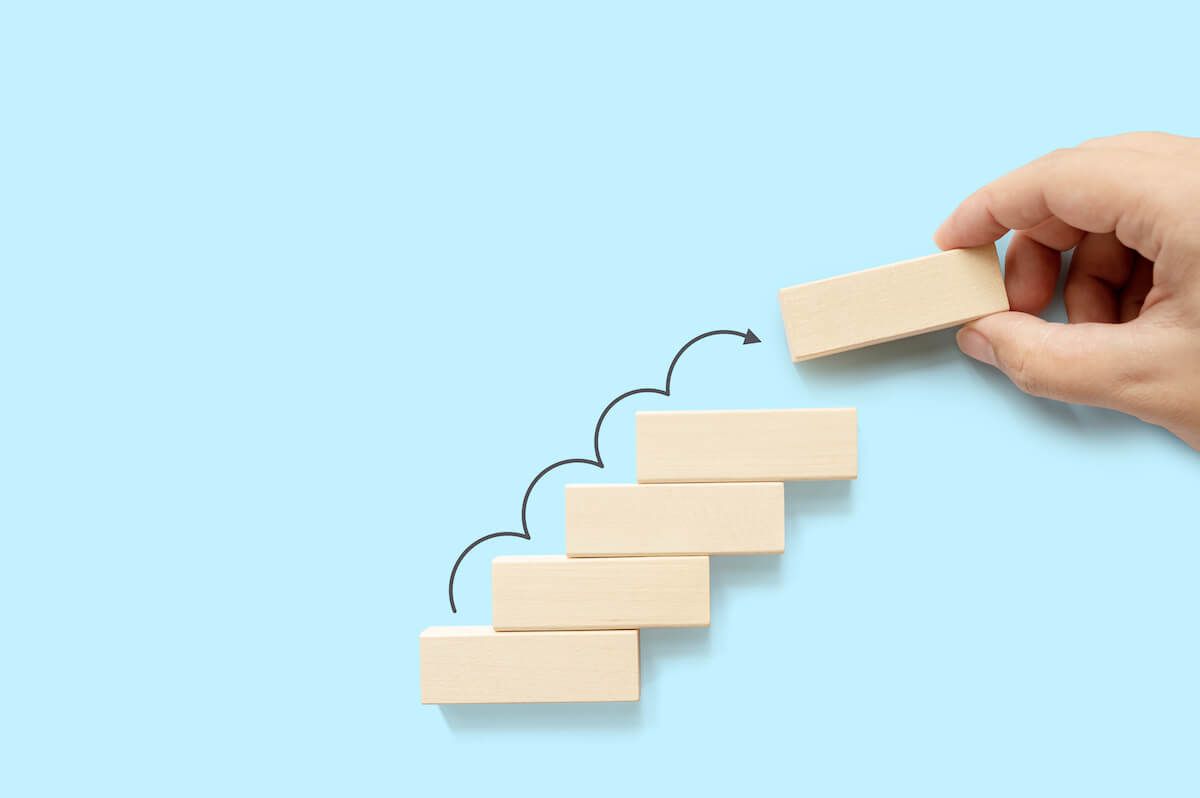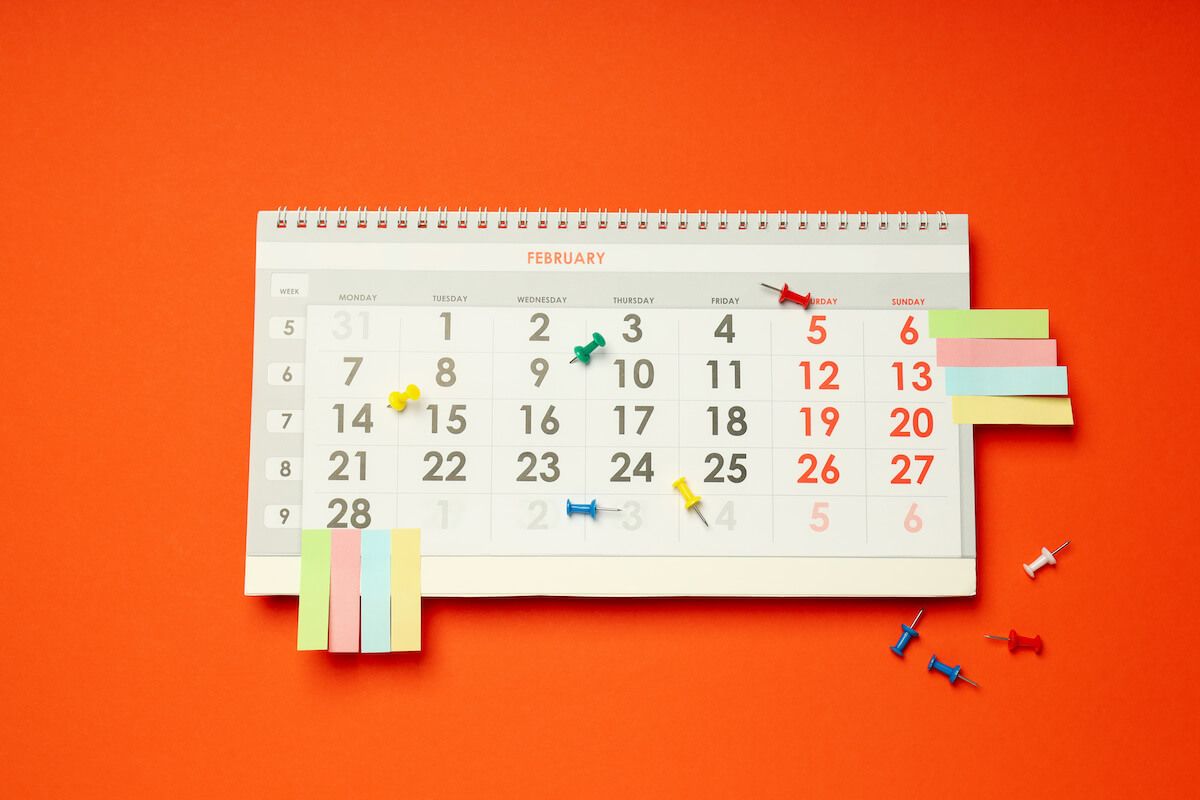How often have you started working on a task only to get sidetracked by something else? Do you feel like you're constantly jumping from one thing to another and never really finishing anything?
Most people would probably answer "more times than I'd like to admit."
Many of us have trouble trying to do too many things at once. But a simple productivity hack can help you stay focused and get more done during the workday — it’s called task batching.
In task batching, similar tasks are grouped together and completed in one block of time. For example, rather than answering phone calls or checking social media every time you get a notification, you could set aside a specific time in your workflow to address all correspondence at once.
This might sound counterintuitive — won't you just end up with unfinished tasks? But in fact, task batching can be a very effective way to increase productivity.
Learn more about task batching, why it's so effective, and how you can create your own task batching process in five easy steps.
Task batching is a popular productivity technique for condensing similar tasks into a single work session. Rather than completing tasks as they come up throughout the day, you set aside specific times to do similar tasks all at once.
By grouping tasks, you accomplish similar tasks in a row while you're already in "the zone," avoiding the need to shift your focus. Reducing the number of task and context switches you make will allow you to work more efficiently.
Despite being based on similarity, task batching is highly flexible. You can organize your work as you see fit — by focus area, difficulty, time of day, or any other similarity that will help you in your work. A copywriter, for instance, could batch client phone calls into one session and writing tasks into another.

Many different tasks can benefit from the batching process, from errands to chores, but task batching in the workplace has many benefits. The most significant of these is a substantial increase in productivity, caused in part by the following advantages.
There's no doubt that procrastination destroys productivity. Putting off our work can cause us to miss deadlines and create a domino effect of problems.
Many factors contribute to procrastination, but decision fatigue is a common cause. The term “decision fatigue” refers to the feeling of being overwhelmed by too many possibilities or complex information. Our uncertainty increases when we have multiple choices, which often results in analysis paralysis — we can't decide between our options, so we procrastinate instead.
Task batching reduces procrastination by eliminating decision fatigue. Grouping tasks into batches simplifies our daily routine and allows us to make fewer decisions because our tasks are already planned.
There's a common misconception that multitasking will help us accomplish more. In fact, multitasking — which is really just switching between tasks repeatedly — often results in decreased productivity and quality of work.
Switching tasks due to multitasking is associated with a variety of costs. It can compromise your memory, cause errors, and disrupt your focus. It also wastes time — research shows it takes 23 minutes to return to your original focus after being interrupted.
By batching specific tasks together, you can avoid the pitfalls of context switching. Completing similar tasks in succession reduces the need to switch tasks and keeps you focused.

ABLE - the next-level all-in-one knowledge acquisition and productivity tool.
Learn moreResearch shows that it’s more common to remember incomplete tasks than complete ones. According to the Zeigarnik effect, discovered by Polish psychologist Bluma Zeigarnik, unfinished tasks stay in our memory, while completed tasks are forgotten.
Batching tasks capitalizes on the Zeigarnik effect in two ways. Firstly, it motivates us to seek closure. Cognitive tension associated with the Zeigarnik effect keeps us focused on the task, trying to resolve it.
As we complete a task, we also experience the satisfaction of accomplishment, which motivates us to move on to the next. Also, complete tasks can then be inactivated in our minds, reducing the potential for cognitive overload.
A constant cycle of switching between tasks or interruptions raises your levels of cortisol, the stress hormone. Many studies have shown that high cortisol levels negatively impact mental and physical health. A recent study demonstrated a direct link between increased cortisol levels and burnout.
Task batching reduces stress and burnout by minimizing interruptions. Concentrating on one subject or task at a time is more manageable when similar jobs are grouped together.
Grouping tasks can also help you achieve a balanced workload, which has been shown to increase work satisfaction. In a recent study, job satisfaction drove an increase of 14% in current life self-evaluation scores and an increase of 8% in future life self-evaluation scores.

No expert knowledge is required to benefit from task batching. You can set up a task-batching process that works for you in five easy steps.
The first step to batching your tasks is to prioritize them. Make a list of all your tasks for the week, big or small. You can use task batching for almost anything, including deep work and routine tasks, so don't leave anything out.
Then, analyze the task by asking questions such as:
You can simplify this step using a time management matrix like the Eisenhower box. Prioritizing your list of tasks helps you remove unnecessary items, assign those that can be delegated, and sort necessary tasks.
The next step is to categorize your prioritized list of tasks. It doesn't matter how you group them as long as they are similar in some way, so do whatever works for you. A few popular options for groups of tasks are:
Email is a popular — and highly recommended — candidate for batching thanks to its potential to utterly derail productivity. All it takes is one notification to divert your attention. Then suddenly, you're working on the email's request and abandoning the first task. Checking and responding to emails only during one block of time can prevent constant interruptions and detours.
Before you start scheduling your groups of tasks, take a moment to consider how much time you should set for each task batching session.
In general, we underestimate the amount of time required to complete a task because we’re overly optimistic about our ability. This is the planning fallacy at work, a cognitive bias discovered in 1977. You'll become better at estimating your time as you practice task batching, but try doubling or tripling your initial estimate at first. You'll avoid missing deadlines, and if you finish early, you'll get a bonus boost.
When scheduling, keep the big picture in mind. Your blocks of time should be balanced appropriately to avoid overbooking in one area and failing to progress your goals.

Now it's time for the fun part — giving each task group an assigned block of time on your schedule. We'll do this using a technique called time blocking.
Due to their similar names, task batching and time blocking are often confused. But think of it like an apple — all apples are fruits, but not all fruits are apples. Time blocking involves scheduling a set amount of time aside for your own work. A task batching process then goes one step further and fills that block of time with specific similar tasks.
Schedule task batches using your task list and calendar. Choose the calendar method that works best for you and your productivity process. A paper planner is one option, but you can also use an online calendar like Google Calendar.
Check your calendar for free time, and then schedule your task batching work sessions accordingly. For example, you might want to batch all your emails for the end of the day. If your workday ends at 4 p.m., consider blocking off the period from 3:30-4 p.m. as "Reply to emails."
Create a Google calendar event and mark yourself as "busy," color code the block of time, or set up reminders. The customization options are endless, depending on your preferred time management method and schedule. The important thing is to schedule time for every batch of tasks so that you can remain focused.
Be sure to keep in mind that certain jobs aren’t ideal for task batching. To complete complex, cognitively demanding tasks, the brain needs ready access to information, plans, procedures, and knowledge — something cognitive scientists call our “task set.”
Examples of complex tasks that require a task set include:
Unfortunately, our task sets aren't always available right away. Our working memory can only store and process information in limited amounts, and retrieving it takes time. This is one of the reasons why we need a lot of uninterrupted time to accomplish these tasks.
Combining complex tasks will likely result in many stops and starts, making it difficult to recall or use our task set. Furthermore, the lack of uninterrupted time hinders our ability to enter the flow state, which is essential for optimal deep work on complex tasks.
Tasks that require cognitive effort benefit from dedicated sessions. This can still be done using time blocking — just block off a few hours, label it "Focus work" so others know not to interrupt you, and use that time to work on that single task only.

Highlight, annotate or take notes from anywhere, and it's easily linked to a selected topic in your Knowledge Base.
Learn moreTask batching is a popular productivity tool that has many benefits. By grouping similar tasks together, you can improve your focus and concentration by avoiding context switching. Task batching can also help you better estimate how long tasks will take, making it easier to track your progress.
Task batching may be a great choice if you want to increase productivity. You can achieve a great deal by creating a task batching process tailored to your work style and preferences. Just be consistent and you'll see the results.
I hope you have enjoyed reading this article. Feel free to share, recommend and connect 🙏
Connect with me on Twitter 👉 https://twitter.com/iamborisv
And follow Able's journey on Twitter: https://twitter.com/meet_able
And subscribe to our newsletter to read more valuable articles before it gets published on our blog.
Now we're building a Discord community of like-minded people, and we would be honoured and delighted to see you there.